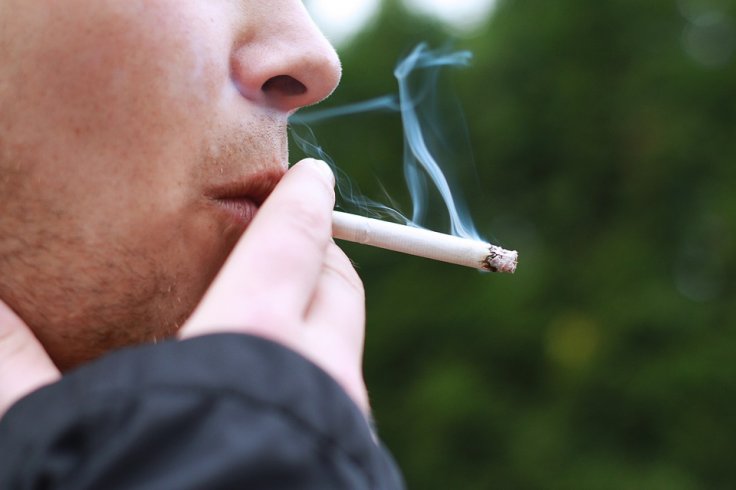Exposure to alcohol advertising changes teens' attitudes about alcohol and can cause them to start drinking, finds a new analysis led by NYU School of Global Public Health and NYU Grossman School of Medicine.
The study, published in a special supplement of the Journal of Studies on Alcohol and Drugs, uses a framework developed to show causality between tobacco advertising and youth smoking and applies it to alcohol advertising.
Advertising has long influenced how people purchase and consume goods. Youth are particularly vulnerable to the influence of advertising due to their potential for forming brand loyalties at an early age, limited skepticism, and high use of social media--where alcohol marketing is increasingly found.
Teen alcohol use
Teen alcohol use is a major public health problem, with negative consequences ranging from injuries, including those from car crashes, to risky sexual behavior, to damage to the developing brain. Research shows that teen exposure to advertising is associated with drinking attitudes and behavior, but it has been unclear if these associations are causal.

There is scientific consensus that advertising by the tobacco industry--which has had a long history of marketing directly to youth--causes teen smoking. The National Cancer Institute, Master Settlement Agreement, and Surgeon General's 2012 Report on Preventing Tobacco Use Among Youth and Young Adults all agree that the evidence is strong enough to say that there is a causal relationship; the Surgeon General used a four-level hierarchy system to classify the strength of causal inferences based on available evidence, as well as statistical estimation and hypothesis testing of association.
Exposure via ads
"The conclusion that the association between exposure to tobacco advertising and adolescent tobacco use are causal allowed for policy development that justified further regulation of tobacco advertising aimed at youth," said Michael Weitzman, professor of pediatrics and environmental health at NYU Grossman School of Medicine and NYU School of Global Public Health.
In this study, Weitzman and his coauthor Lily Lee of SUNY Downstate Medical Center used one of the key elements of the Bradford Hill criteria--a well-known framework for determining causal links between environmental exposures and disease--to determine whether marketing is a cause of youth alcohol use, focusing on the criterion that relies on analogous relationships already established as causal.

The same criteria have been used to establish that smoking is a cause of cancer and that tobacco marketing is one cause of youth smoking. The researchers compared the same categories the Surgeon General used to deem a causal relationship between tobacco advertising and youth smoking--including marketing strategies, frequency and density of ads, and teens' attitudes toward and use of cigarettes--to the case of alcohol.
Same influence on teens as tobacco ads
They found that, in every aspect studied, the influence of tobacco and alcohol advertising on teens were analogous. For instance, both tobacco and alcohol companies have used mascots in advertisements (e.g., Joe Camel, the Budweiser frogs), which research shows are easily recognized and trusted by children. In addition, both tobacco and alcohol companies use or have used movies, television, and sporting events as opportunities for advertising and product placement, with studies showing that exposure to smoking and drinking increases the risk for youth initiation.
The researchers also found that neighborhoods with large numbers of tobacco retailers expose youth to more tobacco advertising and make it easier to buy cigarettes, a finding that held true for alcohol retailer density as well. Troublingly, tobacco and alcohol retailers are often near schools. These findings, when taken in the context of the Bradford Hill Criteria, indicate that exposure to alcohol advertising causes increased teen alcohol use.








